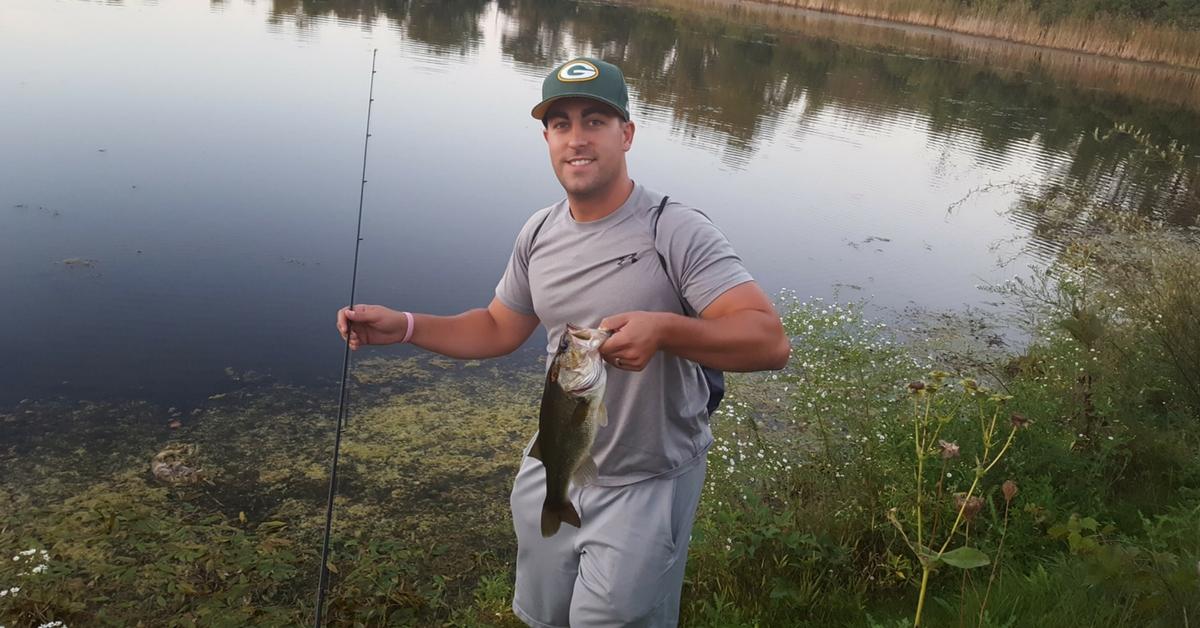How To Catch Fish From Empty Looking Banks
Good looks always attract attention. Whether choosing a date, clothes, house, or a new vehicle, most of us covet the best-looking choice.Many bass anglers display this same tendency by racing past barren banks and targeting the best looking spots on a lake or river. However some savvy anglers concentrate on nothing looking banks because they know active bass can be found there during certain times of the year.
A nothing looking bank can be a barren straight gravel or mud shoreline or any spot that has no visible cover for holding fish. Since there is no cover in sight, these areas don’t attract many anglers either.These nothing looking spots do attract bass though, because some serve as migration routes for bass moving from deep water to the spawning banks and also attract plenty of baitfish during the fall. In early spring, plain banks facing the south also attract bass because the spots receive more sunshine and tend to warm up quicker than other areas of a lake.
Certain clues help you determine which stretches of barren banks produce best. Look at a topographic map and pinpoint banks near deep water such as creek or river channel swings. You can also scout a barren bank with your depth finder to locate spots containing deeper water such as a ditch or a 1- to 2-foot depression along the bottom.Bass tend to scatter along the vast stretches of barren banks so a fast presentation produces best. Run a bank with your trolling motor set at medium speed and when you catch a fish work the area more thoroughly. Key on shallow to medium depths along the bank to catch the most active bass that are up feeding on baitfish.
Fast-moving lures work best along plain banks so try lipless crankbaits, square-bill crankbaits, buzz baits and spinnerbaits for bass cruising the shallows. If the water is muddy, you can flip a jig to the bank and swim it back to the boat to catch active bass.Early spring and fall are prime season for fishing nothing banks. Fish these areas on sunny afternoons when the water warms up and baitfish move into the shallows, followed by feeding bass. If a cold front passes through the area, bass can still be caught in these spots by moving to the first break line into deeper water.
Updated August 18th, 2017 at 2:36 PM CT


